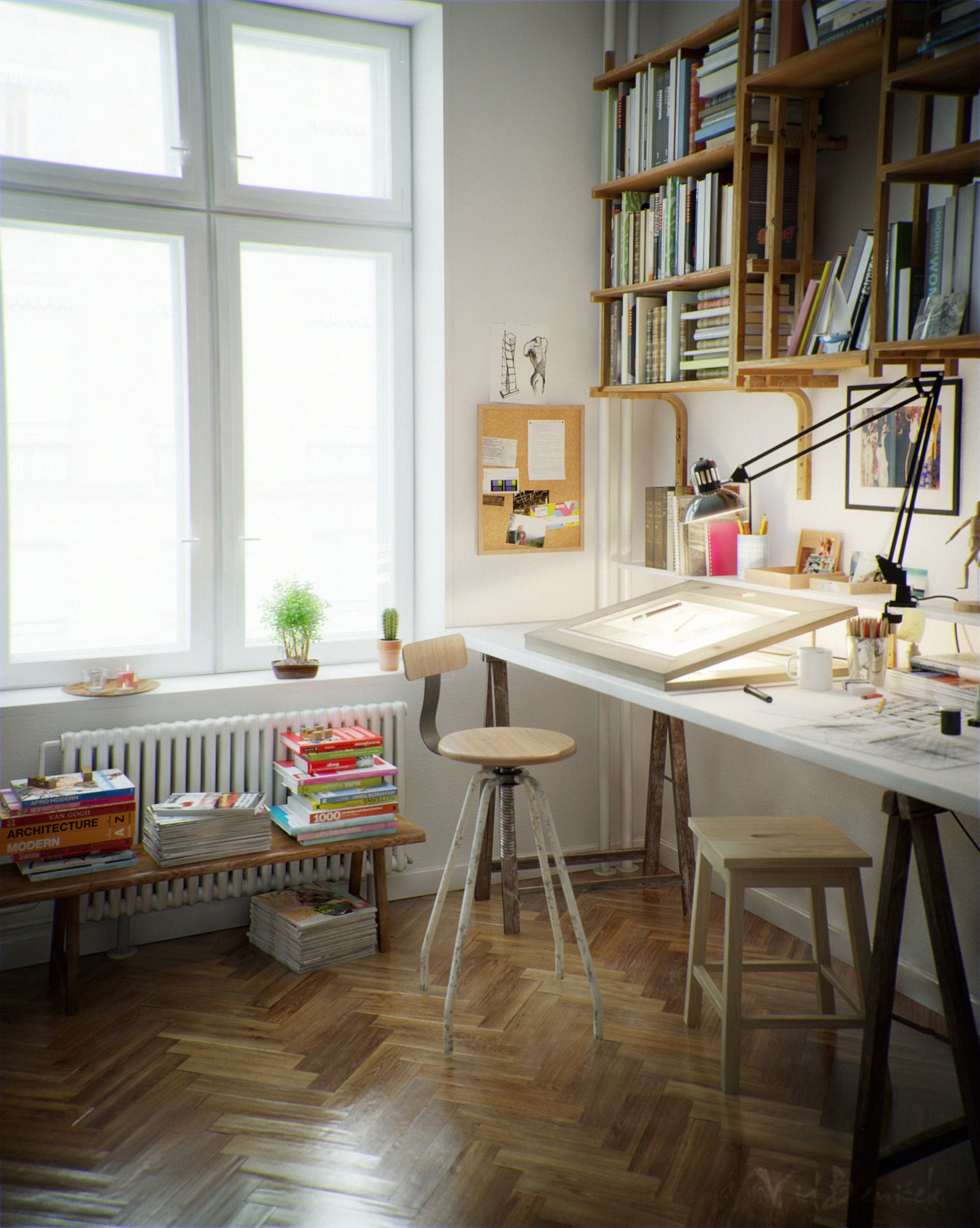The Art of Minimalism: Developing a Well Balanced and Calm Living Setting
The Art of Minimalism: Developing a Well Balanced and Calm Living Setting
Blog Article
Comprehending Minimalism: Methods for Decreasing Clutter and Enhancing Clearness in Everyday Living
Minimalism is progressively recognized as a practical approach to boosting clarity and focus in today's messy globe. By methodically evaluating our belongings and focusing on intentionality, we can create spaces that not just reflect our values however additionally advertise mental well-being.
Specifying Minimalism and Its Benefits
Defining minimalism involves recognizing it as a way of living option that highlights simpleness and intentionality in both physical belongings and day-to-day routines. At its core, minimalism motivates people to prioritize what really matters, enabling for an extra purposeful and focused presence. By removing the non-essential, minimalism welcomes individuals to involve deeply with their environments and experiences.
The benefits of embracing a minimal technique are diverse. Firstly, it promotes mental clearness, as reducing clutter in one's atmosphere can lead to reduced distractions and stress and anxiety. Individuals usually report improved concentration and boosted efficiency when surrounded by fewer properties. Minimalism advertises economic freedom; by focusing on requirements over desires, people can make more educated buying decisions, leading to prospective savings and minimized financial obligation. A minimalist way of living can generate emotional advantages, as it encourages people to grow gratitude for what they have instead than yearning for much more.
Ultimately, minimalism is not merely about material reduction yet includes an alternative shift in viewpoint, cultivating a life defined by satisfaction, balance, and purpose. Welcoming this way of living can cause extensive changes in just how individuals view and interact with the globe around them.
Evaluating Your Present Clutter
Mess frequently materializes as a frustrating build-up of items that no longer offer an objective, producing an obstacle to attaining a minimal lifestyle. To efficiently assess your present clutter, it is important to take on an organized strategy. Begin by identifying the locations in your living space that really feel disorderly or overwhelming. Remember of particular classifications of products, such as clothing, publications, or kitchenware, as this will aid you understand the extent of the clutter.

In addition, think about the regularity of usage for each thing. Eventually, understanding your present clutter is an essential step towards welcoming minimalism and boosting clarity in your everyday living.

Practical Decluttering Techniques
Having evaluated your current clutter, the following action is to apply sensible decluttering techniques that facilitate an even more arranged living room. Minimalism. One reliable technique is the "Four-Box" method, where you designate 4 boxes classified: maintain, donate, garbage, and relocate. This method motivates quick decision-making and guarantees items are classified properly
Another strategy is the "One in, One out" regulation, which specifies that for each brand-new item gotten, click reference an existing thing should be removed. This concept helps keep equilibrium and protects against build-up over time. In addition, think about the "30-Day Minimalism Game," where you remove one item on the initial day, two on the 2nd, and so forth, cumulatively cultivating a sense of success.
For those who fight with psychological accessories to properties, the "Nostalgic Value" method can be advantageous. Limit on your own to a details number of valued items, permitting you to appreciate their significance without overwhelming your room. Develop a routine decluttering schedule, whether monthly or seasonally, to keep a clutter-free setting. By using these strategies, you can produce an extra effective and serene space, eventually enhancing clearness in your day-to-day life.
Creating Deliberate Areas
Producing deliberate areas entails a thoughtful strategy to just how we layout and arrange our environments, making sure each location offers a particular function and reflects our values. This method is essential in cultivating a sense of clearness and objective in our day-to-days live. By home seriously assessing the function of each room, we can eliminate interruptions and improve our general health.
To create willful rooms, start by determining the main activities that will take place in each area. A home workplace should be developed to foster efficiency, incorporating aspects such as sufficient lighting, comfy furniture, and marginal distractions. In comparison, a leisure location must advertise harmony, including soothing colors and comfy seating.
In addition, take into consideration the psychological impact of your environments (Minimalism). Incorporating individual products that reverberate with your values, such as artwork or plants, can boost the connection to your room. Routinely evaluate these environments to guarantee they continue to serve their designated function as your needs progress
Eventually, creating intentional spaces is about making conscious choices that straighten with your way of living, advertising harmony and performance in your living and workplace.
Maintaining a Minimalist State Of Mind
Accepting a minimal state of mind requires continuous reflection and intentionality in our ideas and actions. This strategy involves cultivating understanding of our worths and top priorities, allowing us to filter diversions and concentrate on what truly matters. To preserve this attitude, normal self-assessment is vital. Reserve time to review your commitments, belongings, and even digital material, ensuring they straighten with your core concepts.
An additional trick approach is to exercise gratefulness. Recognizing what you already possess fosters contentment and reduces the desire for excess. This shift in viewpoint urges admiration for simpleness, improving general well-being. Incorporating mindfulness strategies, such as reflection or journaling, can better enhance a minimal mindset by advertising quality and minimizing mental clutter.
Furthermore, establish limits to protect your energy and time. Discover to say no to non-essential responsibilities and diversions that do not add to your individual growth. Surround yourself with similar people that support your minimalist journey, as shared values can improve motivation and responsibility.
Verdict
In conclusion, accepting minimalism offers significant advantages, including lowered mess and boosted clarity in this website day-to-day life. The concepts of minimalism serve as useful devices for growing an environment that supports individual growth and well-being.

Additionally, think about the "30-Day Minimalism Video Game," where you eliminate one item on the initial day, 2 on the second, and so forth, cumulatively promoting a feeling of success.
In verdict, embracing minimalism offers significant benefits, including decreased mess and improved clearness in day-to-day life.
Report this page